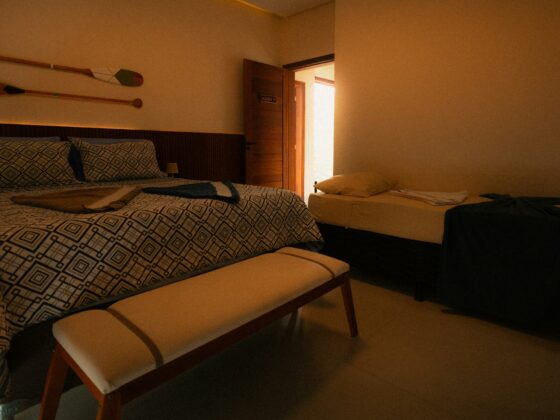
While it’s true that there have been great strides in staffing, there are still red flags. On a positive note, college enrollment is finally growing after four years of losses, and jobs are being filled. According to the U.S. Bureau of Labor Statistics (BLS), Leisure & Hospitality added 8 million jobs since the lowest point of the pandemic (April 2020-April 2024), with 16.9 million now employed. However, the unemployment rate for the travel industry still hovers at 6%, compared to the U.S. average of 4%.
The Accommodation sector within Leisure & Hospitality had over one million job openings in May 2024, according to the BLS. Staffing has clearly not kept up with revenue growth (see Figure 1), while labor costs continue to rise. Consider that in March 2024 there were 150,000 fewer employees in accommodation compared to March 2019 (pre-pandemic), a 7% decline versus a 16% increase in room revenue for a similar period. Even though technology is making hotels more efficient and much of the hotel market growth has been rate-related, there are still expectations of service, quality and innovation that can only be met with a dedicated and well-trained team in place.
U.S. Hotel Statistics, 2024 vs. 2019
Figure 1
|
Employees (1) |
Hourly Salary (1) |
Room Revenue (2) |
|
|
2024 |
1.92M |
$23.76 |
$195.5B (3) |
|
2019 |
2.07M |
$17.98 |
$167.9B |
|
Change |
-7% |
+32% |
+16% |
Source:
(1) Figures provided by BNA for the Accommodation sector, March 2024
(2) Phocuswright’s U.S. Travel Market Report, 2023-2027
(3) Year-end 2023
© 2024 Phocuswright Inc. All Rights Reserved.







